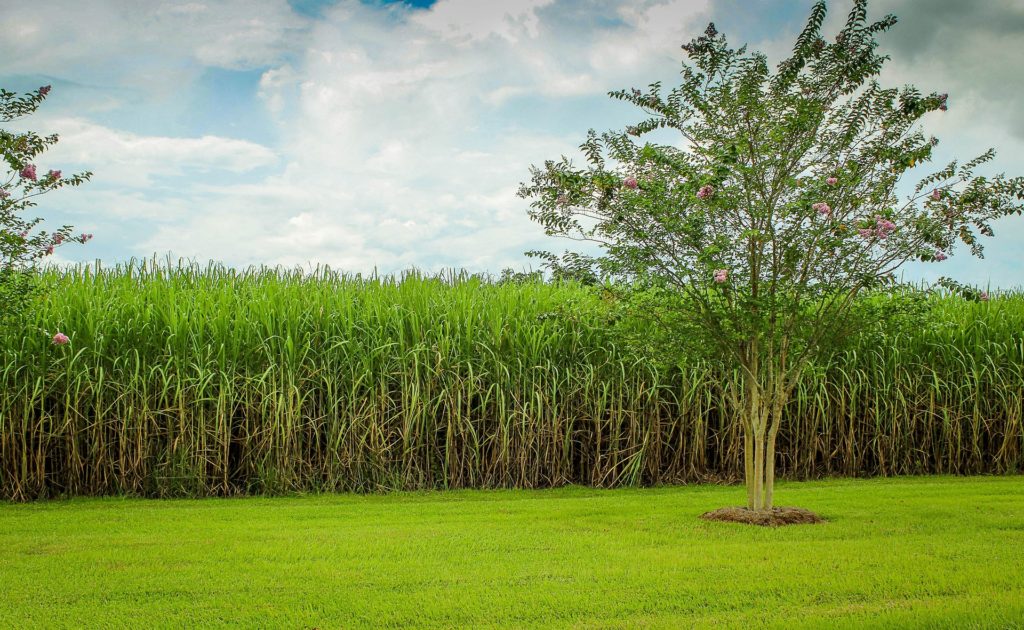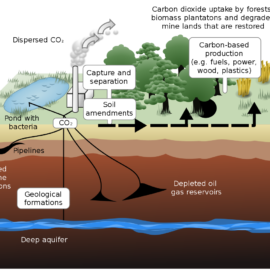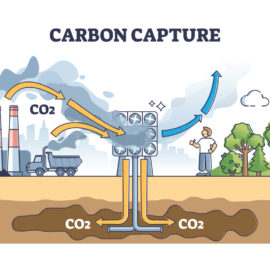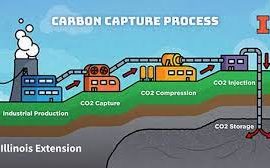
Sugar cane grows here and can it capture carbon? There is research on that going on now.
Carbon capture — the process of pumping greenhouse gasses deep underground instead of emitting them into the air — is an issue of growing importance in Louisiana. Some state leaders and industry experts say it’s a powerful tool for stopping global warming and a huge potential economic driver. Some residents have raised fears of health problems or environmental risks, but multiple major carbon capture projects are planned for the state. A group of LSU professors have been researching a different kind of carbon capture that would use something Louisiana already has in abundance: sugarcane. The process is called “biomass slurry fracture injection,” and Department of Environmental Sciences Associate Professor Brian Snyder has been researching it for about three years, along with Harun Rashid and Olufemi Olorode of the Department of Petroleum Engineering, and Carlie Dutile of the Department of Biological and Agricultural Engineering.
nola.com
How would it work? On the stalk or after being cut down?
To understand the process, you have to take a step back to elementary school science and try to remember how the carbon cycle works. There is carbon in the atmosphere and plants take that carbon in through photosynthesis. Most of the carbon becomes part of the plant’s mass and helps it grow, and some of it goes into the soil. The plant essentially becomes a carbon sink until it dies, at which point the carbon is released back into the atmosphere during decomposition. “Basically, what this project does is it doesn’t allow for the decomposition stage,” said Snyder. When sugarcane is harvested, for example, the portion that is unused is known as bagasse, huge piles of which can often be seen in parts of rural Louisiana. Normally, the bagasse releases carbon back into the atmosphere. But Snyder says the leftover sugarcane could be ground into a slurry and injected deep into the ground using biomass slurry fracture injection. The oil and gas industry first invented the injection process to dispose of contaminated rock, and other companies have used the process to inject sewage. Snyder said it could give the agricultural community an option for getting rid of some of their waste. “This could possibly work with any agricultural waste you could name. Woodchips, sawdust from forestry or paper production, animal processing waste, any carbon rich feedstock,” he said. “You could even grow crops specifically for it like grasses or algae.”
How would this bio-mass differ from what is being injected now?
Biomass slurry injection differs from other carbon capture projects in a key way: projects are taking carbon from an emissions source like a smokestack, whereas this process takes carbon from the atmosphere. It can also work on a smaller scale. “You need a lot of wells, but each well is not injecting millions of tons of carbon dioxide per year,” said Snyder. “Most processes don’t have that kind of scale, especially in the agricultural sector, so this fits better with agriculture.” Snyder said typical industrial carbon capture projects inject around one or two million tons of CO2 per year, whereas biomass slurry injection is around 30,000 tons per year. The process could have a huge impact globally. “We have to remove CO2 from the atmosphere to come even close to the goals of the Paris Agreement. This process can’t do all of that, but it could contribute,” Snyder said.
One billion tons need to be removed.
A 2021 report from the Coalition for Negative Emissions said the world needs to remove one billion tons of carbon from the atmosphere by 2025 and more than a billion tons per year afterward to meet the Paris Agreement target of keeping global warming within 1.5 degrees celsius. Industrial carbon capture has been divisive in Louisiana. Residents who live near proposed wells say they’re worried about environmental damage, leakages and health concerns. Snyder said those concerns are valid, but carbon capture is worth the risk. “With any kind of industrial activity there can be mistakes, errors, things you don’t think about,” he said. “But the scale of those issues is far less than the scale of concerns we should have about other industrial processes that go on in Louisiana on a daily basis. People are worried about CO2, but it is non-toxic and we’ve been injecting it for decades. We emit things our children breathe on a daily basis that are far worse than CO2 and we don’t seem to be concerned.”
Carbon capture is something that the politicians love but those on the ground are not so sure.



